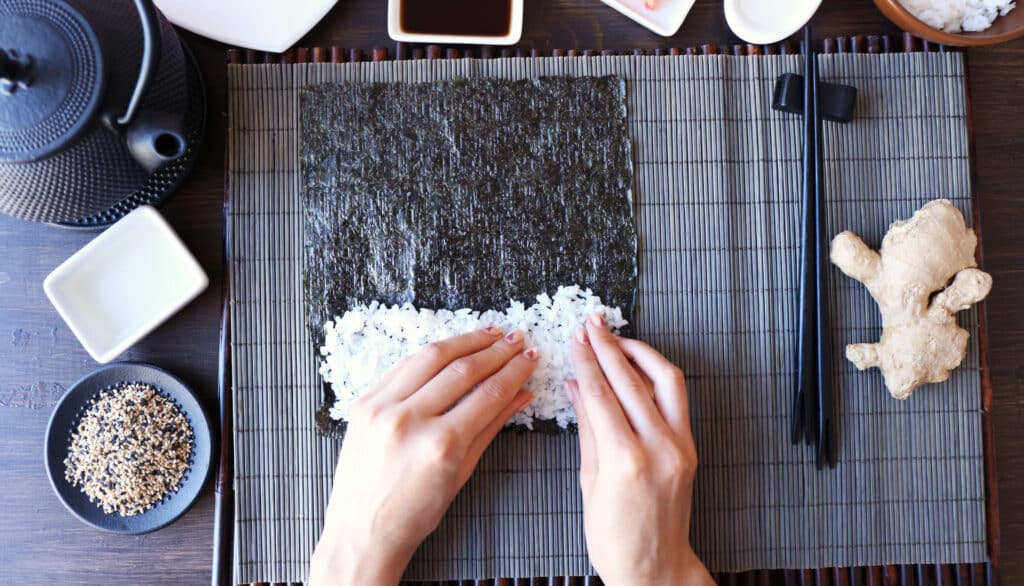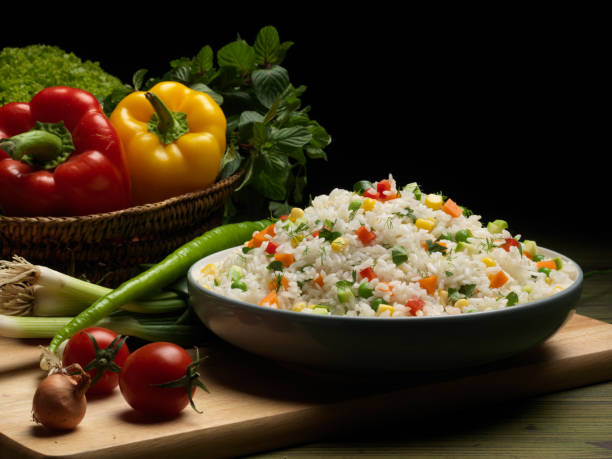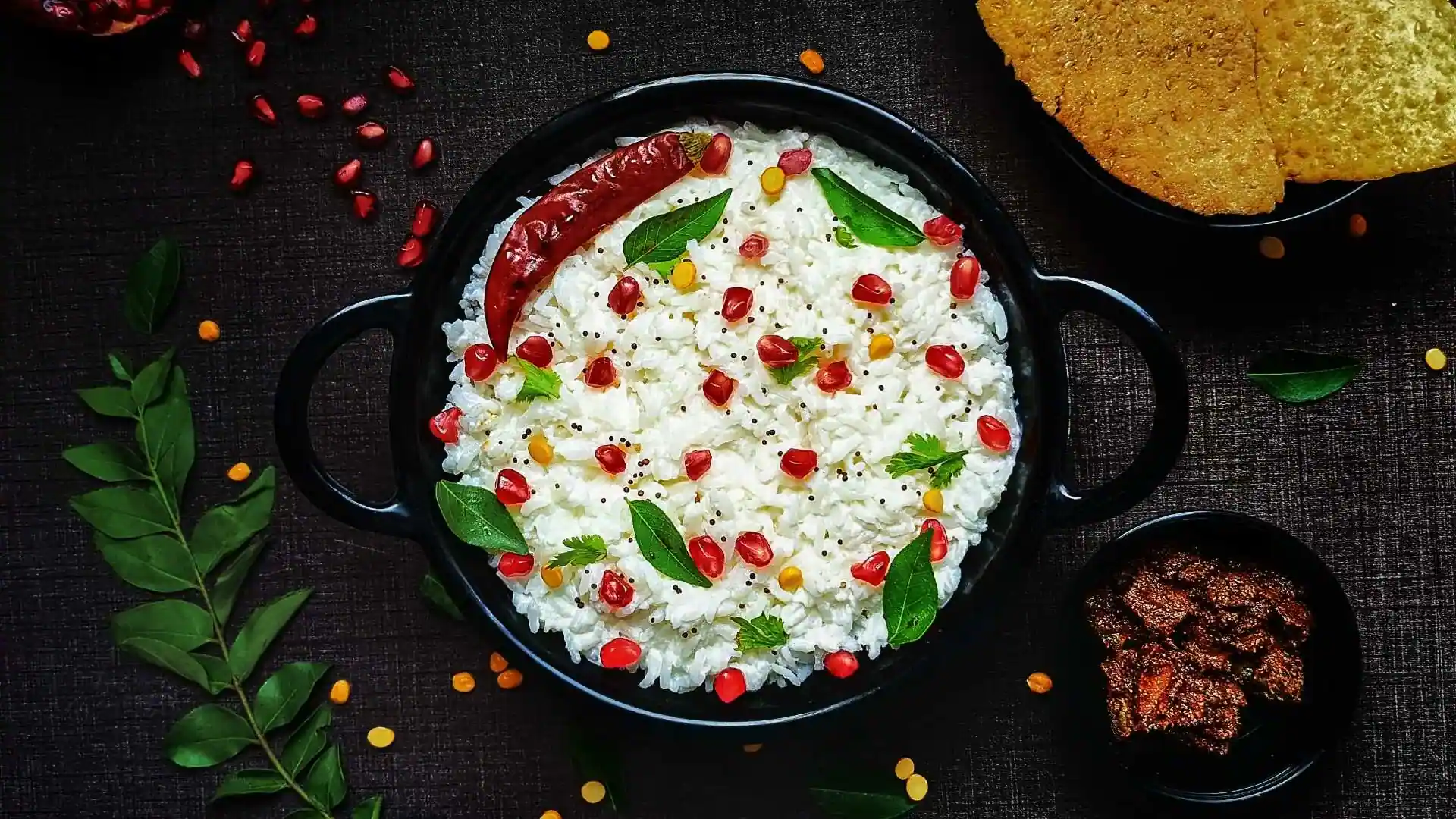When it comes to sushi, the quality of ingredients plays a crucial role in creating an exceptional dining experience. Among the key components of sushi, rice holds a significant position. The choice of rice can greatly impact the texture, flavor, and overall taste of the sushi. In this article, we will delve into the world of sushi rice and explore the best types of rice that can elevate your sushi game to new heights.
The Importance of Choosing the Right Rice
Sushi rice is the foundation of any sushi roll, and its characteristics directly affect the final product. The perfect sushi rice should possess certain attributes that make it ideal for sushi-making:
- Stickiness: Sushi rice should have a sticky nature that allows it to hold together when rolled or shaped. This stickiness is crucial for maintaining the integrity of sushi rolls.
- Texture: The texture of sushi rice should be slightly firm with a delicate softness. It should retain its shape without becoming mushy or hard.
- Flavor Absorption: Sushi rice acts as a canvas for other flavors in the sushi. It should have the ability to absorb and complement the flavors of the fish, vegetables, and other ingredients used in the roll.
- Taste: The rice itself should have a mild, slightly sweet taste that enhances the overall flavor profile of the sushi.
Types of Rice for Sushi
1. Japanese Short-Grain Rice
Japanese short-grain rice, also known as “Japonica” or “sushi rice,” is the most widely used and recommended rice for making sushi. This variety of rice is characterized by its high starch content, which contributes to its stickiness and texture. The grains are plump, round, and have a soft and slightly sticky texture when cooked. Japanese short-grain rice absorbs flavors well and provides a delicate balance to the sushi roll.
2. Koshihikari Rice
Koshihikari rice is a premium short-grain rice variety originating from Japan. It is highly regarded for its exceptional flavor, aroma, and texture. Koshihikari rice is often considered the epitome of sushi rice due to its superior quality. The grains are tender, moist, and have a slightly sweet taste. Its excellent stickiness allows the sushi to hold together firmly, making it a top choice for sushi enthusiasts and professional sushi chefs alike.
3. Calrose Rice
Calrose rice, a medium-grain rice cultivated in California, has gained popularity as an alternative to traditional Japanese short-grain rice for sushi-making. It has a slightly stickier texture and a milder taste compared to Japanese varieties. Calrose rice is known for its versatility and ability to absorb flavors well. It is readily available in many markets and is often more affordable than imported Japanese rice.
4. Sasanishiki Rice
Sasanishiki rice is another variety of Japanese short-grain rice that has gained recognition for its suitability in sushi preparation. It possesses a desirable stickiness and chewiness, making it a favorite choice among sushi enthusiasts. Sasanishiki rice has a unique balance of flavors and a pleasant aroma that enhances the overall sushi experience.
Tips for Cooking Sushi Rice
Now that you know the best rice options for sushi, let’s briefly cover some essential tips for cooking sushi rice to perfection:
- Rinsing: Before cooking, rinse the rice under cold water until the water runs clear. This helps remove excess starch and ensures better texture.
- Water Ratio: Use the appropriate water-to-rice ratio. Generally, the ratio is 1:1.1, which means 1 cup of rice requires 1.1 cups of water. Adjust the ratio according to the specific type and brand of rice.
- Cooking Method: Cook the rice using a rice cooker or stovetop method, following the instructions provided with the rice. It is important to maintain the correct cooking time and allow the rice to steam properly after cooking.
- Seasoning: After the rice is cooked, gently mix in sushi vinegar, which is a combination of rice vinegar, sugar, and salt. The sushi vinegar adds flavor and helps the rice achieve its characteristic tanginess.
Choosing the best rice for sushi is essential in creating an exceptional sushi experience. Japanese short-grain rice, particularly the varieties like Koshihikari and Sasanishiki, are highly recommended due to their stickiness, texture, and flavor absorption qualities. However, Calrose rice also serves as a suitable alternative. By using these top choices and following proper cooking techniques, you can elevate your sushi-making skills and impress your guests with delicious and authentic sushi.
Read Our Blogs – Click here for More Blogs
Want to know more About Yummiest Recipe ?
Buy Roop Mahal Basmati Rice – Flipkart | Big Basket | Amazon



